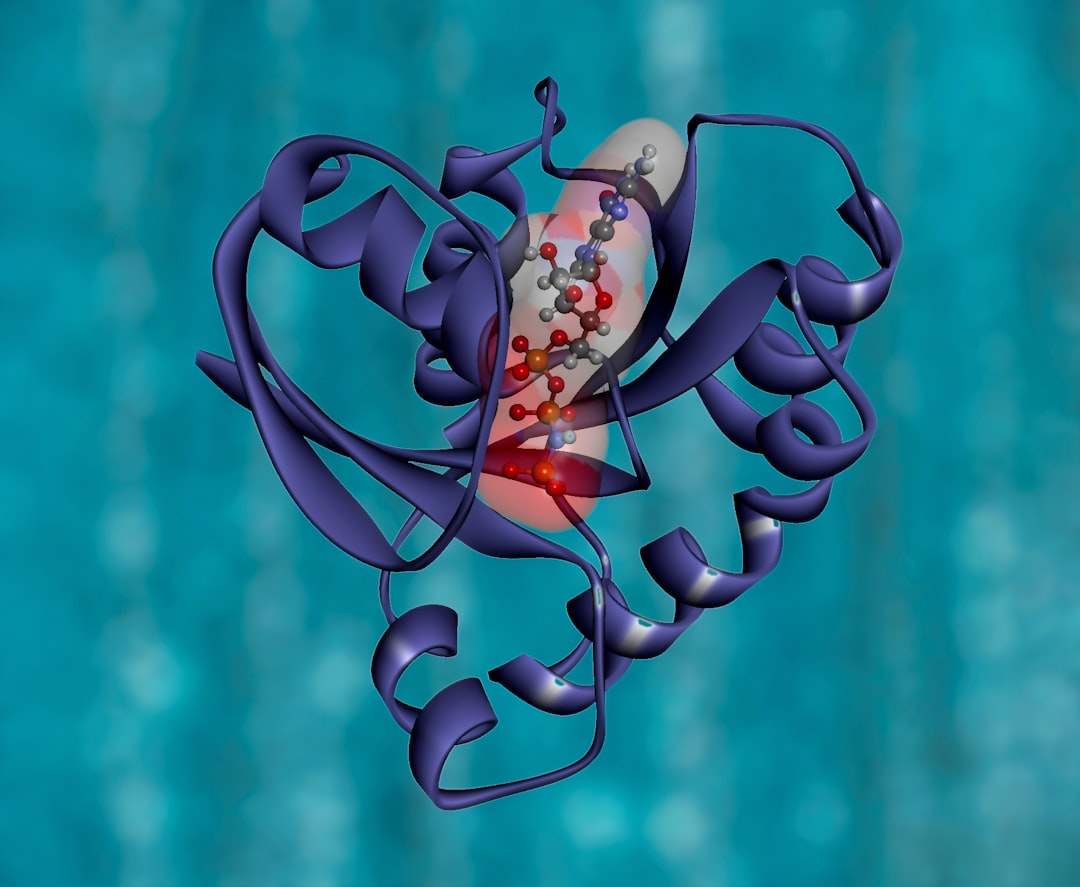What is it about?
Ultrasound-indicated procedures are contributing to prenatal diagnosis in new ways in the genomic era. In recent years, ultrasound abnormality became the most common indication for prenatal diagnosis (29.4% of tests in 2013-2016) surpassing invasive testing for high risk combined first trimester screening or advanced maternal age alone. Traditional chromosome analysis with G-banded karyotype has been almost complete replaced with chromosomal microarrays. A pathogenic copy number variant is now the most likely diagnosis after ultrasound-indicated testing, rather than trisomy 21 or other whole chromosome aneuploidy.
Featured Image
Read the Original
This page is a summary of: Population-based trends in ultrasound-indicated prenatal diagnosis from 1994 to 2016: two decades of change, Ultrasound in Obstetrics and Gynecology, June 2018, Wiley,
DOI: 10.1002/uog.19107.
You can read the full text:
Contributors
The following have contributed to this page










